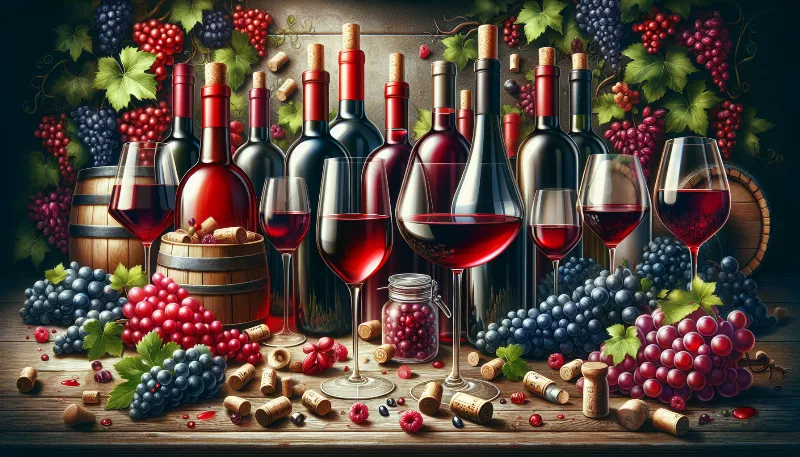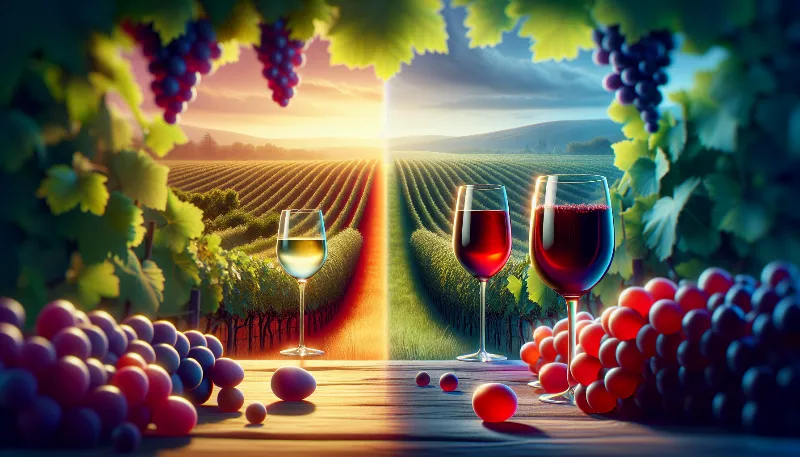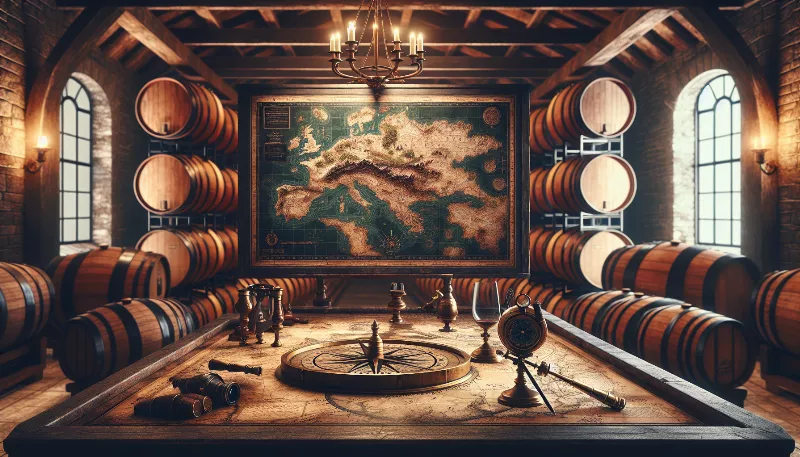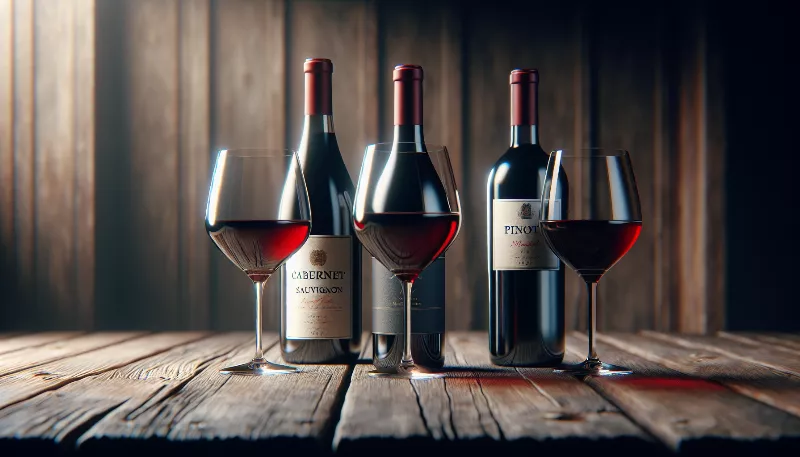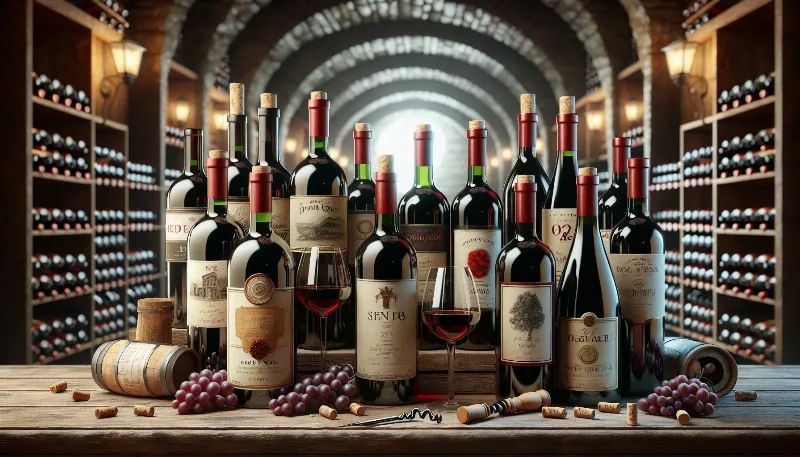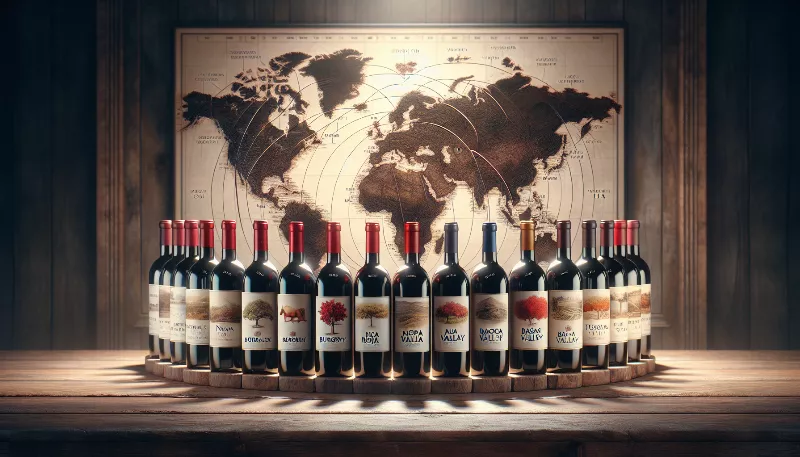What are the optimal conditions for aging red wine?
Discover the secrets to perfect red wine aging! Learn the ideal temperature, humidity, and storage tips to enhance flavor and complexity.
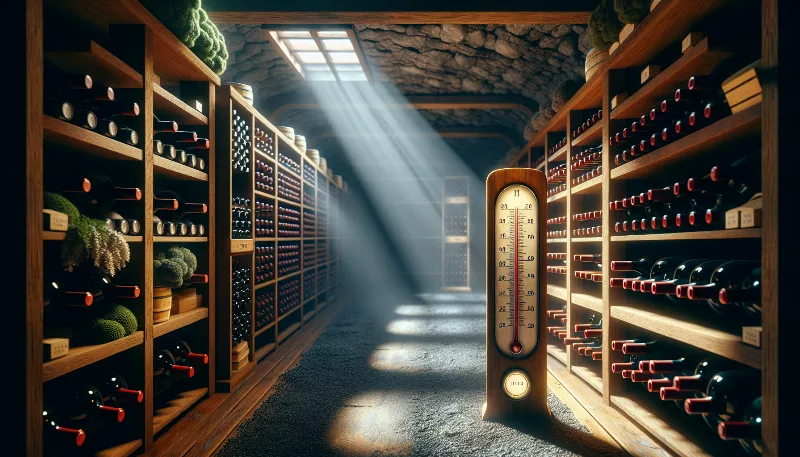
Discover the Art of Aging Red Wine
Embark on a journey through the captivating world of red wine aging, where time-honored traditions meet precise conditions to create liquid masterpieces. The process of aging red wine is akin to a symphony, with each element playing a crucial role in achieving a harmonious and exquisite final product. Let's dive into the optimal conditions that transform a good red wine into an extraordinary one!
The Crucial Role of Temperature
Temperature is the maestro of the wine aging process, conducting the pace and quality of maturation. The ideal temperature range for aging red wine is between 55°F and 65°F (13°C to 18°C). This Goldilocks zone ensures that the wine evolves gracefully, allowing flavors to develop complexity without the risk of spoilage or premature aging. Consistency is key; fluctuations can wreak havoc on the wine's delicate balance, leading to undesirable outcomes.
Humidity: The Unsung Hero
Humidity plays a pivotal role in preserving the integrity of the wine's packaging. A relative humidity level of around 70% is the sweet spot for aging red wine. It keeps the cork from drying out and shrinking, which could otherwise allow air to seep in and oxidize the wine. Conversely, excessive humidity can promote mold growth and damage labels, so maintaining this delicate balance is essential for the well-being of your wine collection.
Let There Be (Dim) Light
When it comes to light exposure, less is more. UV rays are notorious for their detrimental effects on wine, as they can degrade organic compounds and disrupt the aging process. To shield your precious bottles from these invisible foes, store them in a dark place or use protective UV-filtered glass. Artificial light, too, should be kept to a minimum, ensuring your red wines slumber undisturbed until they reach their peak.
Stability is the Foundation
Vibrations may seem like a minor concern, but they can stir up the sediments in red wine, interfering with the natural aging process. To achieve optimal aging, your wine sanctuary should be free from frequent movements and vibrations. Whether it's the rumble of nearby traffic or the hum of household appliances, a stable environment allows the wine to mature undisturbed, developing a smoother, more refined character.
Position Matters: Horizontal Harmony
The orientation of your wine bottles is not just a matter of convenience; it's a vital aspect of proper aging. Storing bottles horizontally ensures that the wine stays in contact with the cork, keeping it moist and well-sealed. This position also maximizes space and provides easy access to your collection, making it both a practical and essential practice for any wine aficionado.
Patience: The Virtue of Wine Lovers
Aging red wine is not a race; it's a marathon. The intricate dance of tannins, acids, and sugars unfolds over years, sometimes decades. Each bottle has its own timeline, with some varieties reaching their zenith sooner than others. Monitoring and tasting your wines periodically will help you understand their evolution and determine the perfect moment to uncork and savor the fruits of your patience.
In conclusion, the optimal aging of red wine is a delicate blend of science and art. By controlling temperature, humidity, light, stability, and storage orientation, while embracing the virtue of patience, you can elevate your red wine experience to new heights. So, cherish the journey of each bottle, and when the time is right, raise a glass to the impeccable conditions that brought its flavors to life!
